PCs, tablets, 5G-powered live streams, and cloud platforms are all expected to see more demand from the education sector in China, with the coronavirus outbreak accelerating a digital shift, according to a report from research firm IDC China.


Via Harvard David A. Sinclair “The coronavirus is part bat & part human virus. A new study says the Frankenstein event happened well before its transmission to humans. Wait, what? Humans first infected bats?
The intermediate Frankenstein coronavirus has part human/part bat versions of the spike protein (the knobs on the outside of the virus & what COVID-19 vaccines target). Coronafrankenstein is formally called RaTG13, the name, rank & serial # of a horseshoe bat sample. If we gave bats coronavirus first, then people, including scientists, should stay away from bats especially if they don’t feel well. That’s why, as much as I like cats, I don’t like how they can catch it from us. It’s a potentially vicious cycle.
The new study says a mutation has changed the spike protein of an Indian strain of coronavirus that likely reduces its ability to transmit, but “raises the alarm that the ongoing vaccine development may become futile in future epidemics” like seasonal flu.”
Monitoring the mutation dynamics of SARS-CoV-2 is critical for the development of effective approaches to contain the pathogen. By analyzing 106 SARS-CoV-2 and 39 SARS genome sequences, we provided direct genetic evidence that SARS-CoV-2 has a much lower mutation rate than SARS. Minimum Evolution phylogeny analysis revealed the putative original status of SARS-CoV-2 and the early-stage spread history. The discrepant phylogenies for the spike protein and its receptor binding domain proved a previously reported structural rearrangement prior to the emergence of SARS-CoV-2. Despite that we found the spike glycoprotein of SARS-CoV-2 is particularly more conserved, we identified a mutation that leads to weaker receptor binding capability, which concerns a SARS-CoV-2 sample collected on 27th January 2020 from India. This represents the first report of a significant SARS-CoV-2 mutant, and raises the alarm that the ongoing vaccine development may become futile in future epidemic if more mutations were identified.
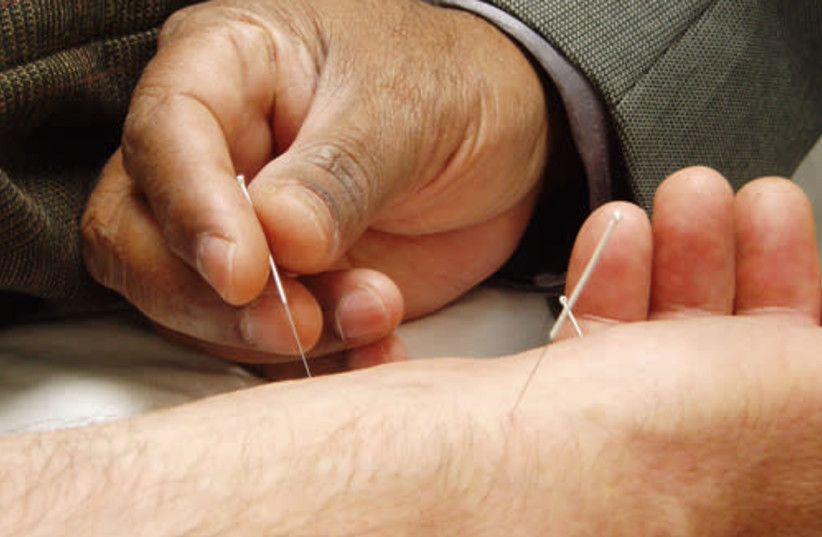
Another warning from the WHO to not treat coronavirus, but wait for a vaccine that does not even exist. The World Health Organization (WHO) reported on its site that it is not advised to take any herbal remedies to treat #COVID19, and in India Prime Minister Narendra Modi warned alternative healers they should not boast they have a cure for the virus, only remedies to assist with symptoms.
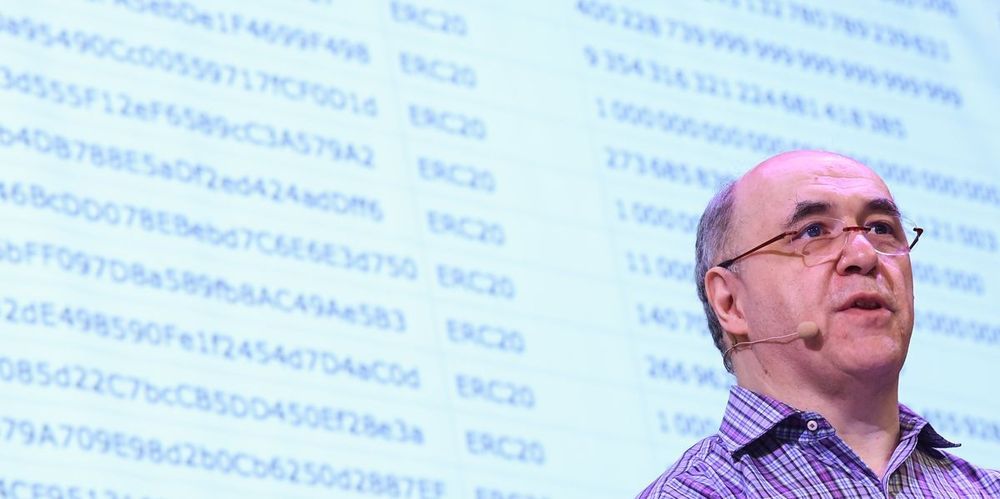
Between the summer of 1665 and the spring of 1667, Isaac Newton developed his theories on calculus, optics, and the laws of motion and gravity. He was quarantining during the Bubonic Plague and found the extra time on his hands gave him the freedom to pursue intellectual endeavors his day-to-day duties may have otherwise squandered.
Nearly 400 years later, history could be repeating itself.
With decades of work at the intersection of time, space, and elementary particles under his belt, Stephen Wolfram believes he’s close to discovering how the universe works—or, at least, the fundamental law of physics that makes all of our other laws of physics tick. So the 60-year-old computer scientist, businessman, and physicist has launched “The Wolfram Physics Project” to crowdsource that work with some of the best minds in the world.
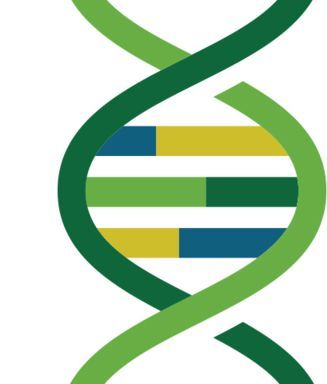
Humans and all other living things have DNA, which contains hereditary information. The information in your DNA gives your cells instructions for producing proteins. Proteins drive important body functions, like digesting food, building cells, and moving your muscles.
Your DNA is the most unique and identifying factor about you—it helps determine what color your eyes are, how tall you are, and how likely you are to have certain health problems. Even so, over 99% of DNA sequences are the same among all people. It is the remaining 1% that explains much of what makes you, you!
DNA is arranged like two intertwined ropes, in a structure called a double helix (see figure 1). Each strand of DNA is made of four types of molecules, also called bases, attached to a sugar-phosphate backbone. The four bases are adenine (A), guanine (G), cytosine ©, and thymine (T). The bases pair in a specific way across the two strands of the helix: adenine pairs with thymine, and cytosine pairs with guanine.
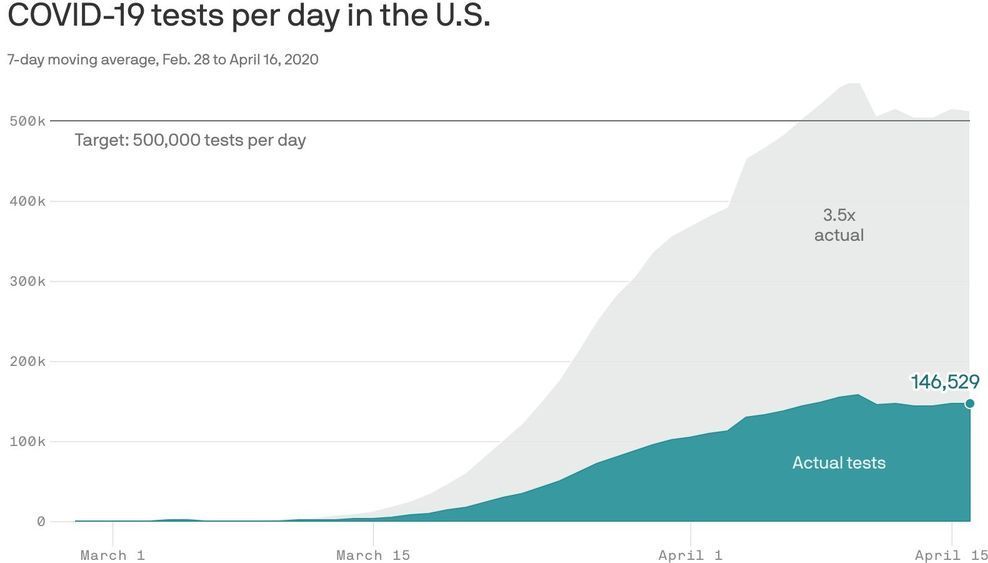


Talk being ahead of the curve;
Event 201 was a 3.5-hour pandemic tabletop exercise that simulated a series of dramatic, scenario-based facilitated discussions, confronting difficult, true-to-life dilemmas associated with response to a hypothetical, but scientifically plausible, pandemic. 15 global business, government, and public health leaders were players in the simulation exercise that highlighted unresolved real-world policy and economic issues that could be solved with sufficient political will, financial investment, and attention now and in the future.
The exercise consisted of pre-recorded news broadcasts, live “staff” briefings, and moderated discussions on specific topics. These issues were carefully designed in a compelling narrative that educated the participants and the audience.
The Johns Hopkins Center for Health Security, World Economic Forum, and Bill & Melinda Gates Foundation jointly propose these recommendations.
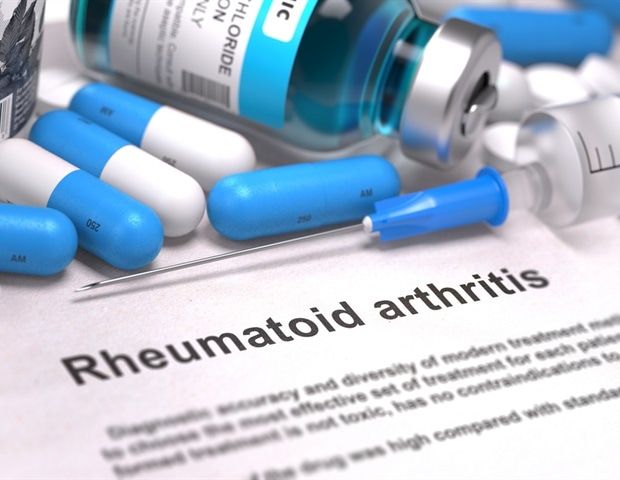
The discovery that immune T cells have a spectrum of responsiveness could shed light on how our immune system responds to infections and cancer, and what goes wrong in immune diseases. Researchers at the Wellcome Sanger Institute, Open Targets, Biogen, GSK and their collaborators found that T cells responded very differently to immune signals the more ‘training’ they had been exposed to, rather than being a simple switch from naïve to experienced. This could help guide research into finding drug targets for immune diseases such as asthma and rheumatoid arthritis.
Today’s study (14th April), published in Nature Communications, also revealed that even highly trained memory T cells are less rigidly specialized than previously thought, and are able to respond to new immune signals. This has implications for immune research, and could help understand for example how the body responds to infections.
T cells are key white blood cells that fight infection and disease, and act like police directing the immune system response. Babies are born with inexperienced — naïve — T cells, which change as they come into contact with bacteria or viruses, to create specific memory T cells that can ‘remember’ fighting against these infections. These memory T cells can then react more quickly the next time they meet the same threat, telling the immune system to remove the infection rapidly. This is how vaccination protects against disease, by delivering a safe form of an invading virus or bacterium, to train our immune system by building up specific memory T cells.
Scientists are one step closer to adapting the bacteria-killing power of a naturally occurring nanomachine, a tiny particle that performs a mechanical action.
In a study published in Nature, a UCLA-led team of researchers describe how the nanomachine recognizes and kills bacteria, and report that they have imaged it at atomic resolution. The scientists also engineered their own versions of the nanomachine, which enabled them to produce variations that behaved differently from the naturally occurring version.
Their efforts could eventually lead to the development of new types of antibiotics that are capable of homing in on specific species of microbes. Drugs tailored to kill only a certain species or strain of bacteria could offer numerous advantages over conventional antibiotics, including lowering the likelihood that bacteria will develop resistance. In addition, the tailored drugs could destroy harmful cells without wiping out beneficial bugs in the gut microbiome, and they could eventually offer the possibilities of being deployed to prevent bacterial infections, to kill pathogens in food and to engineer human microbiomes so that favorable bacteria thrive.